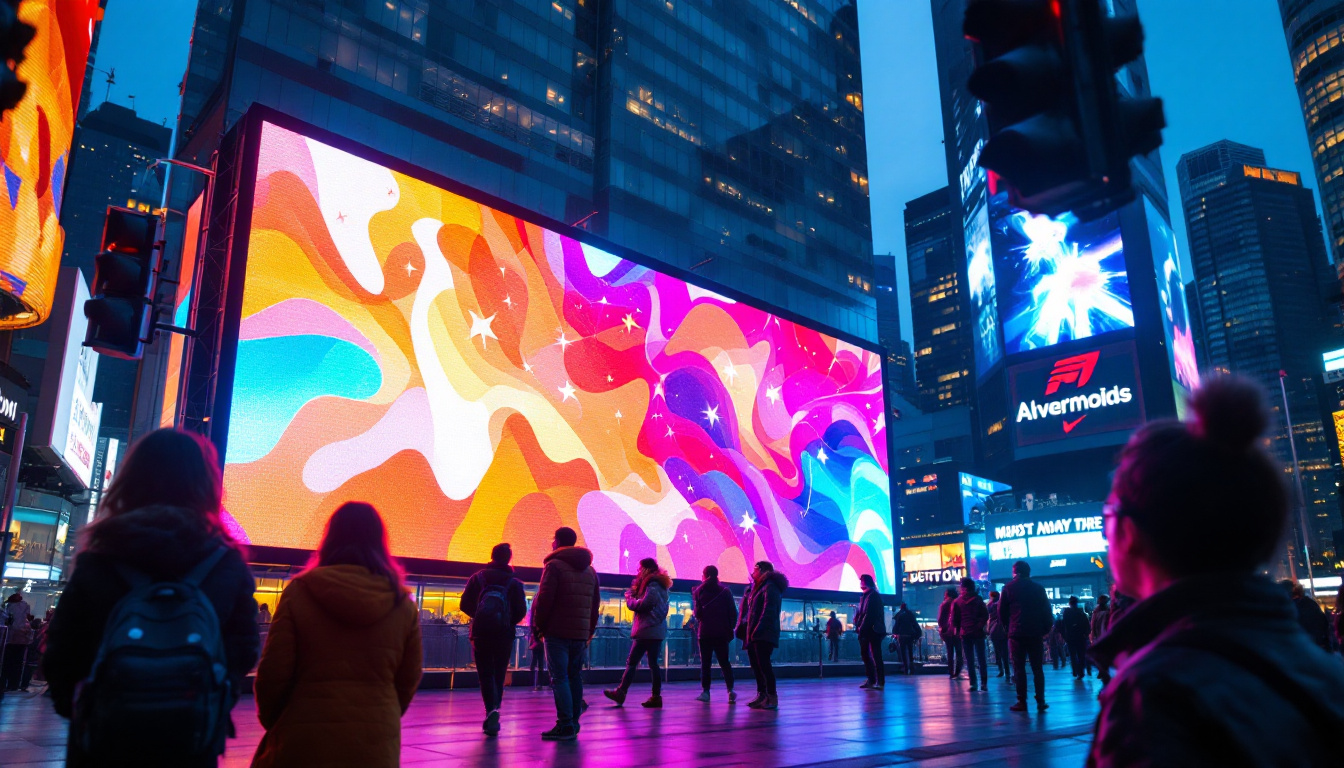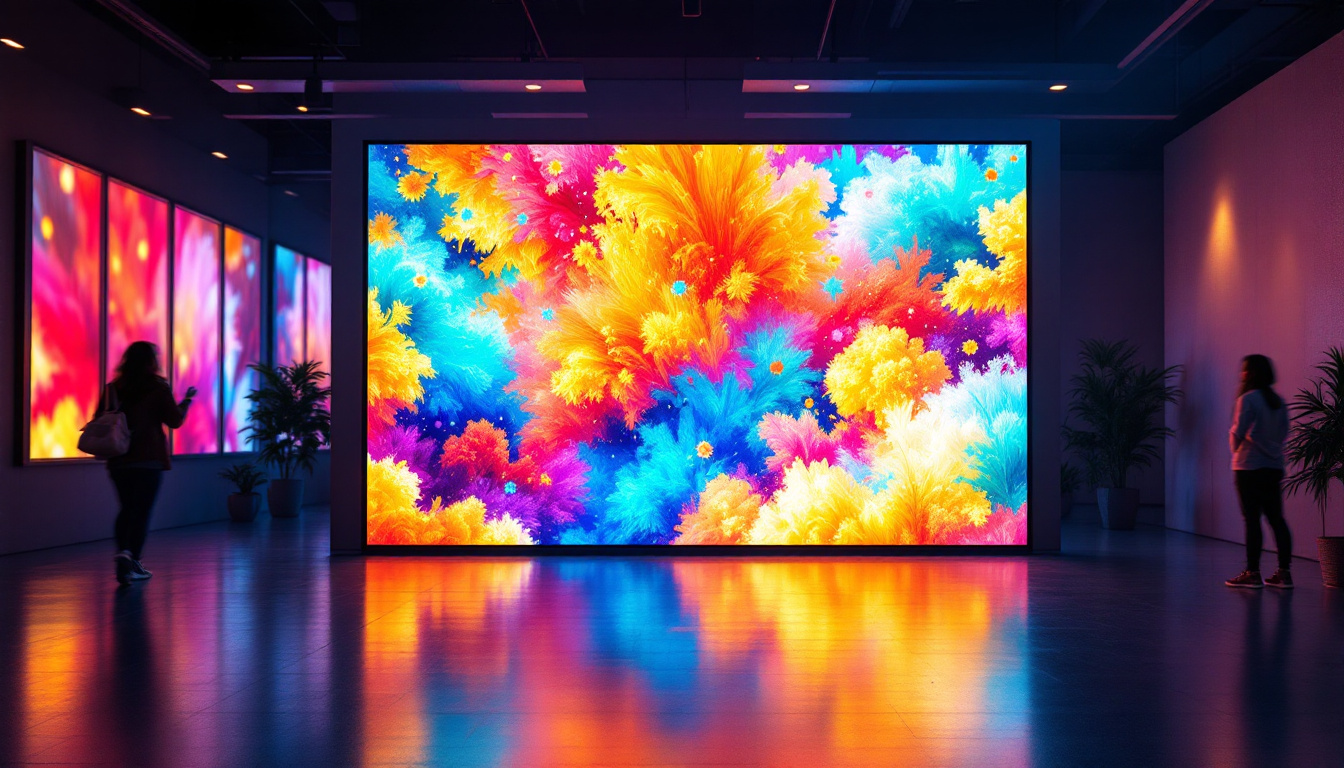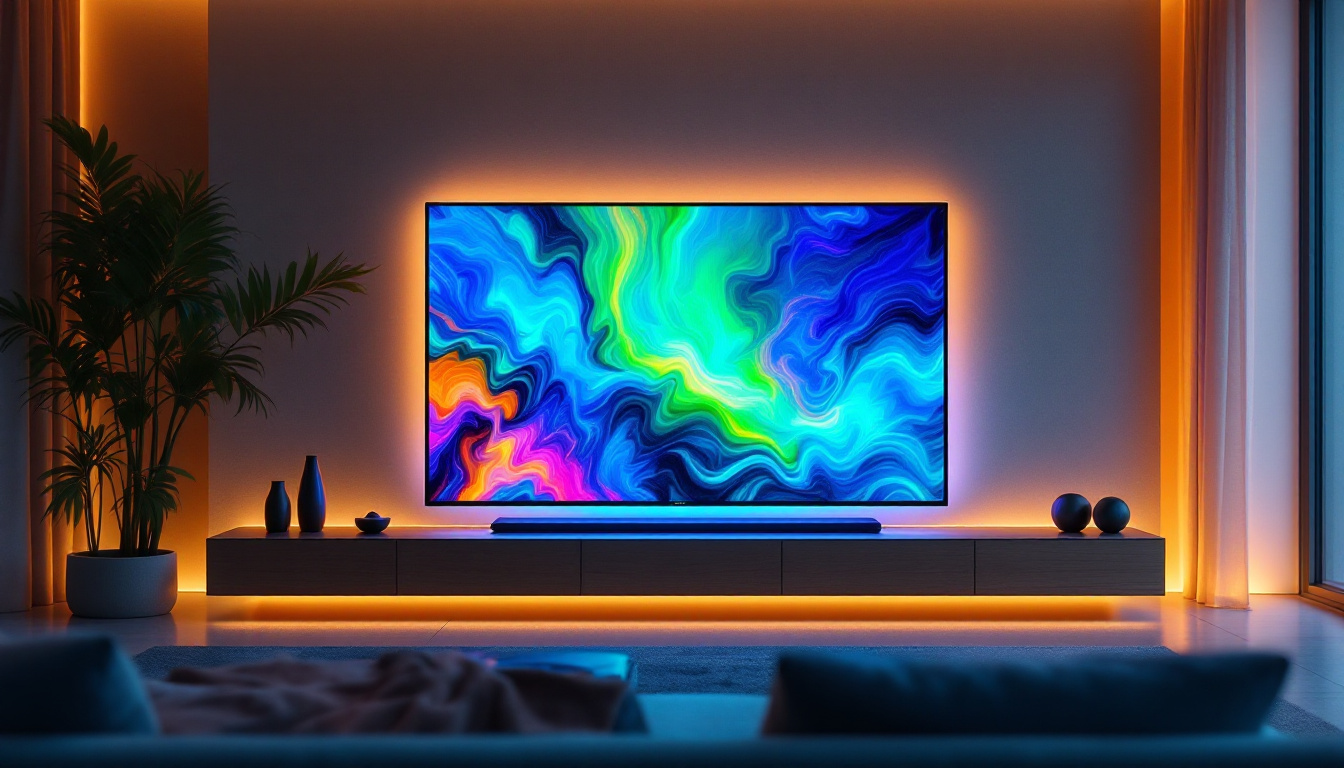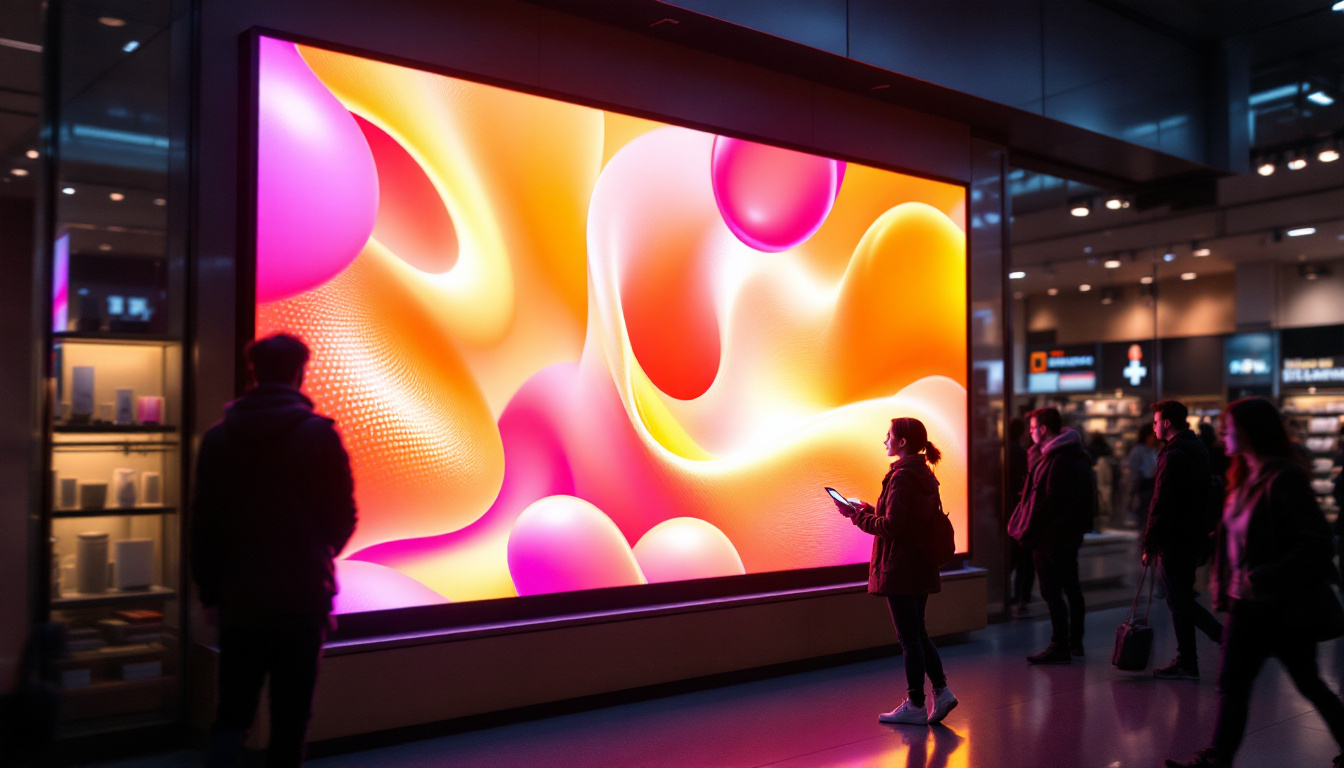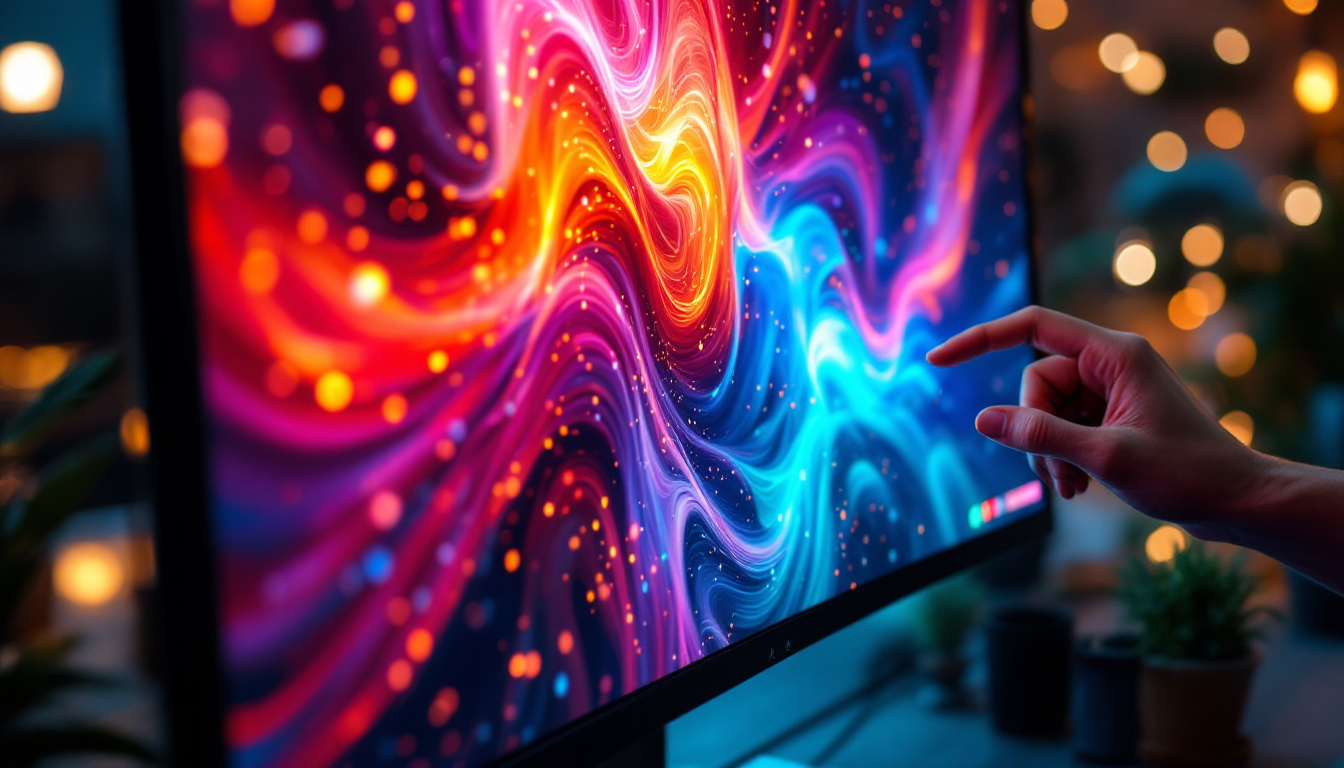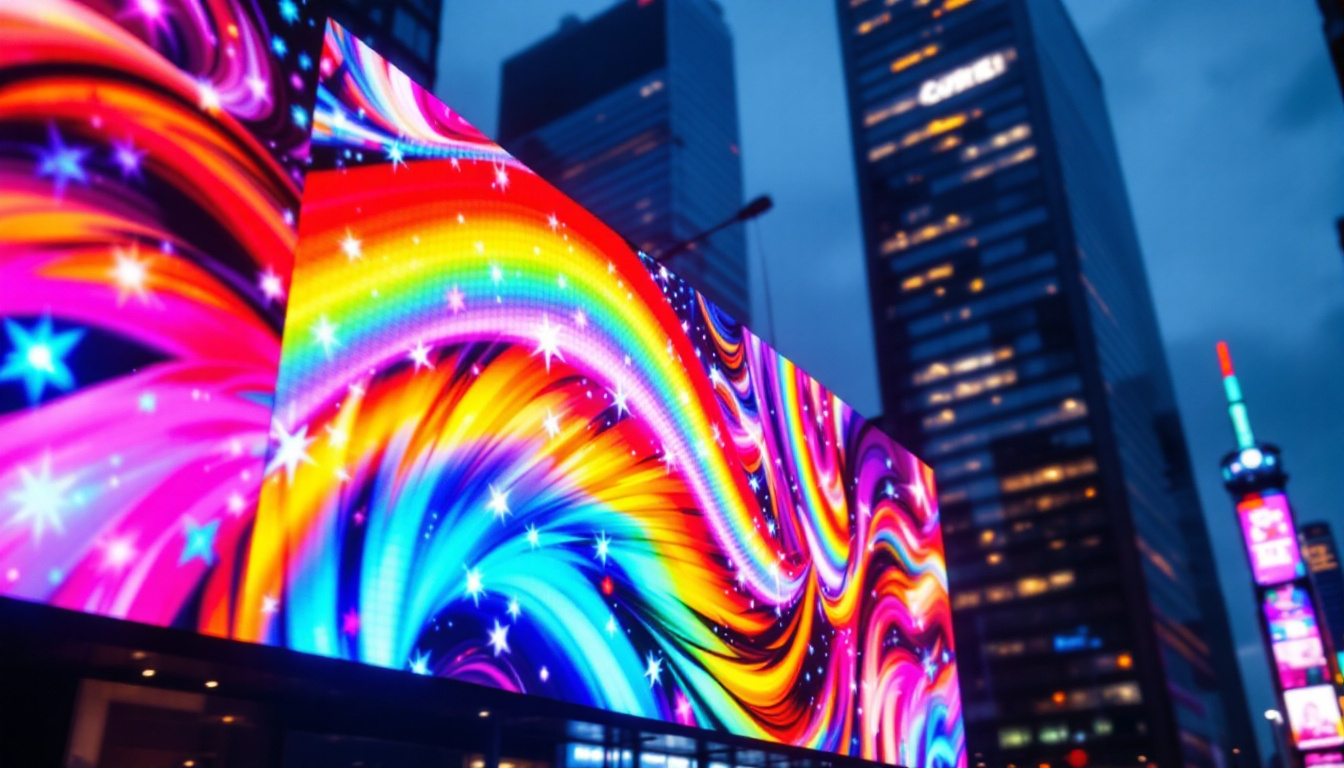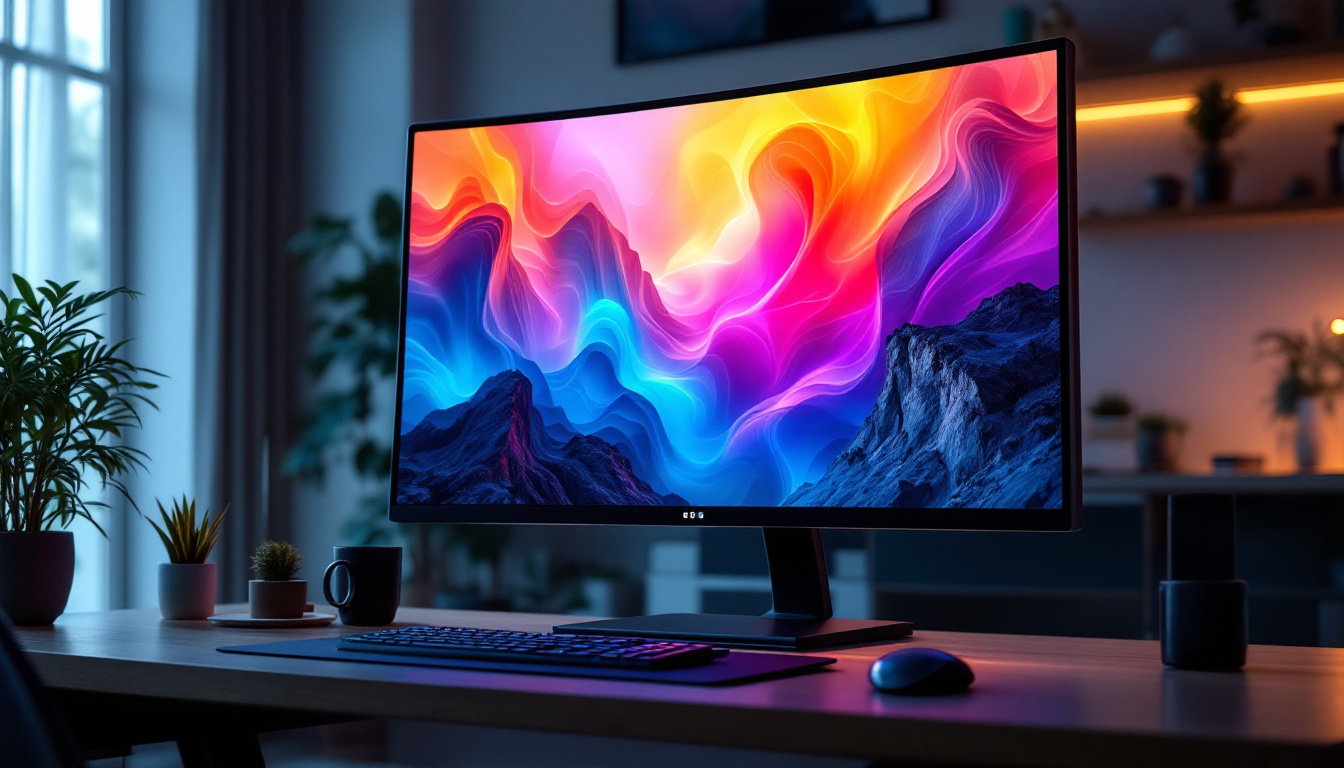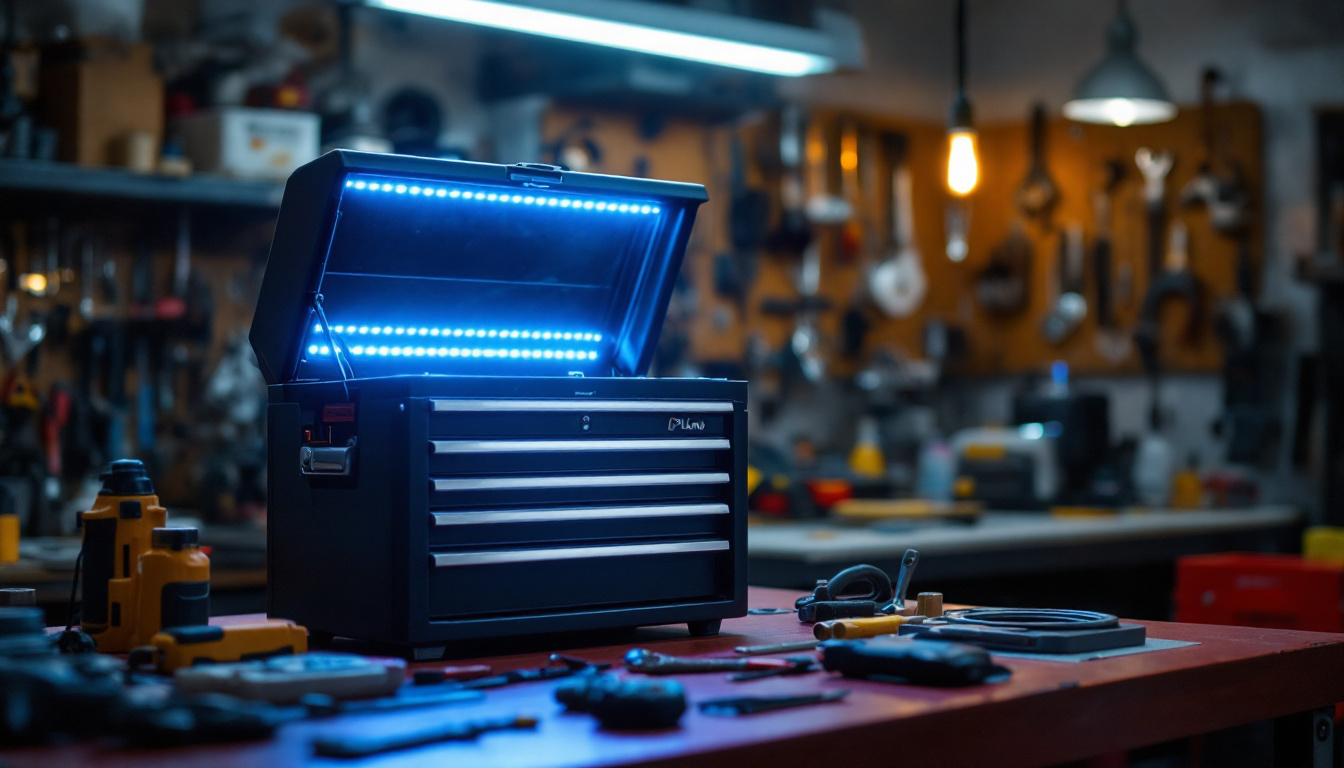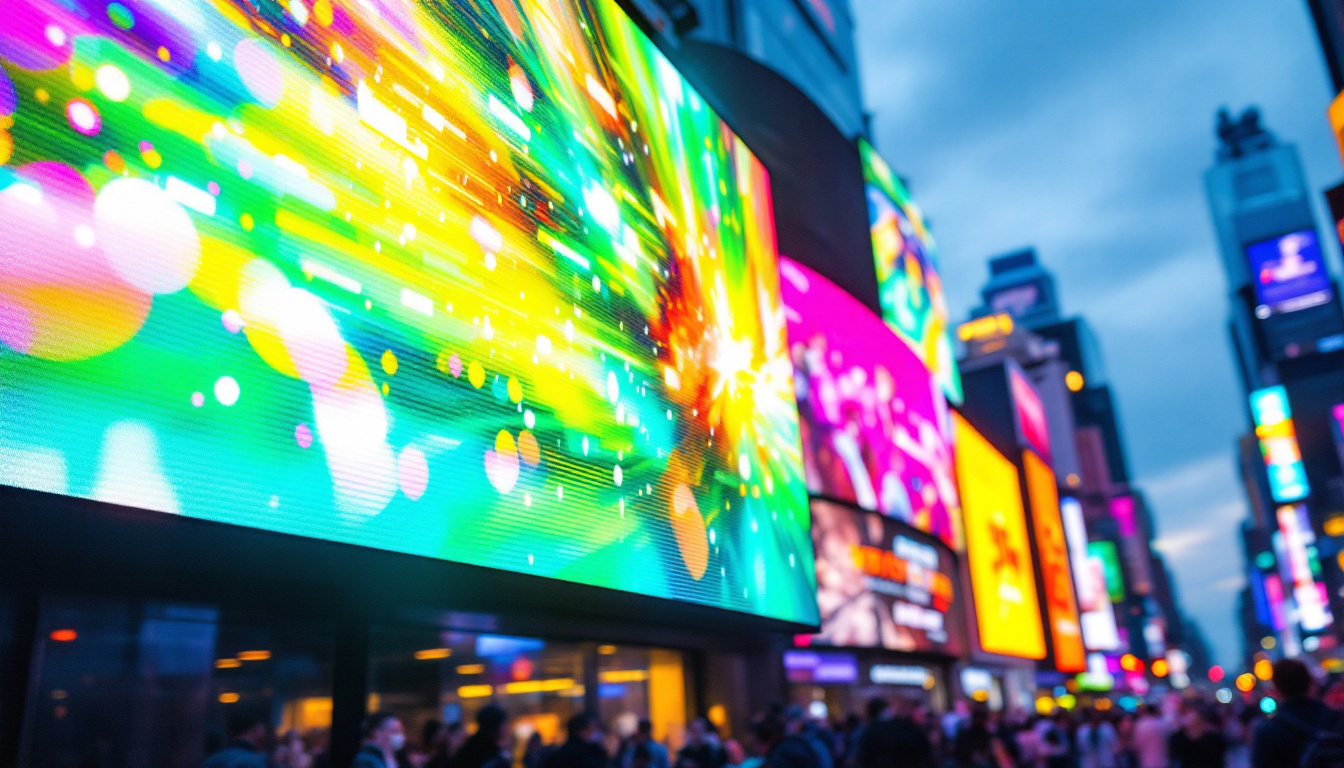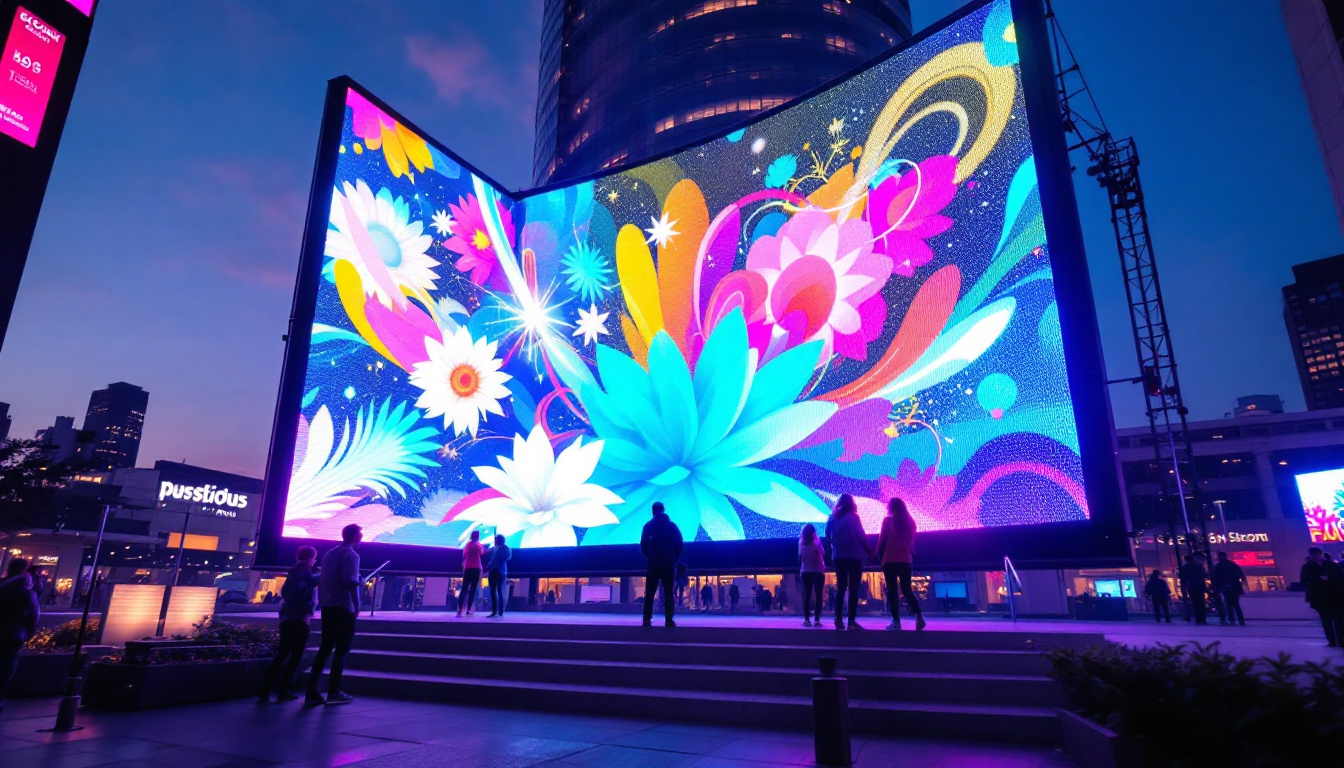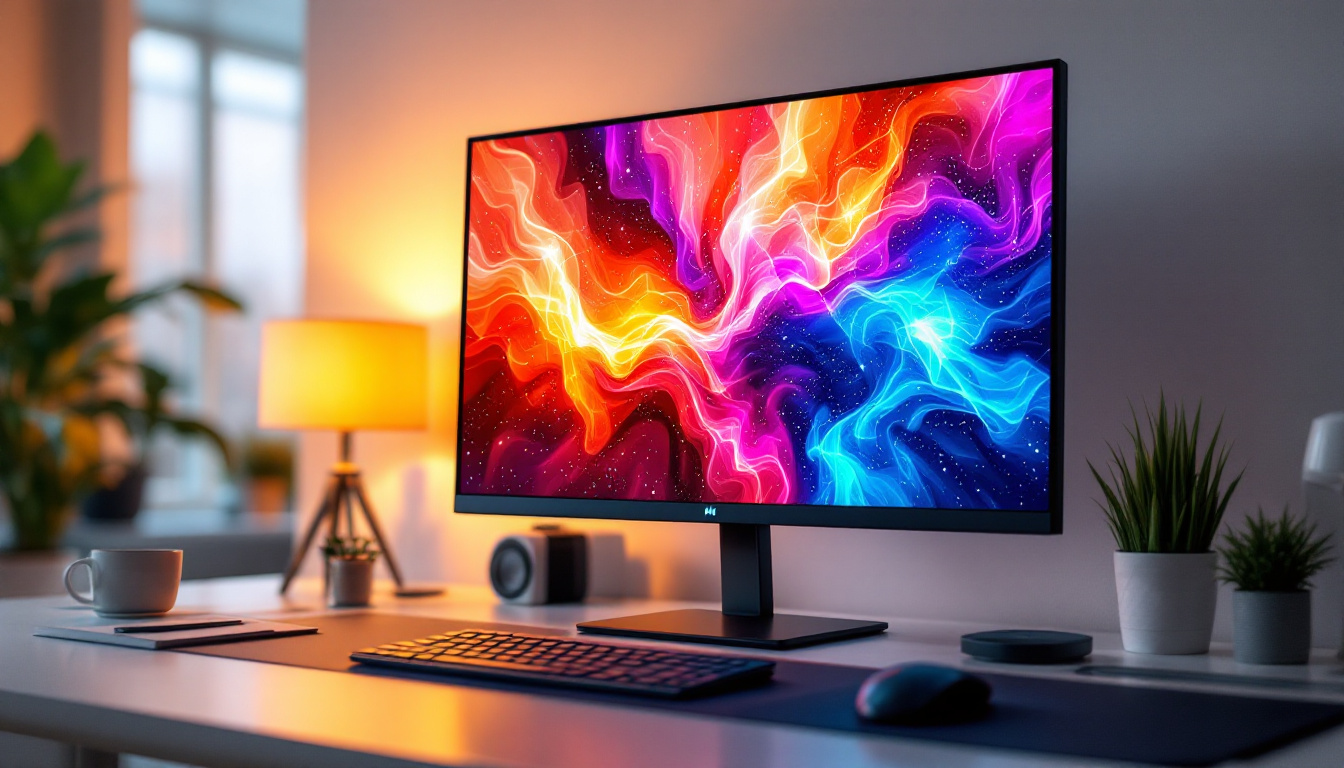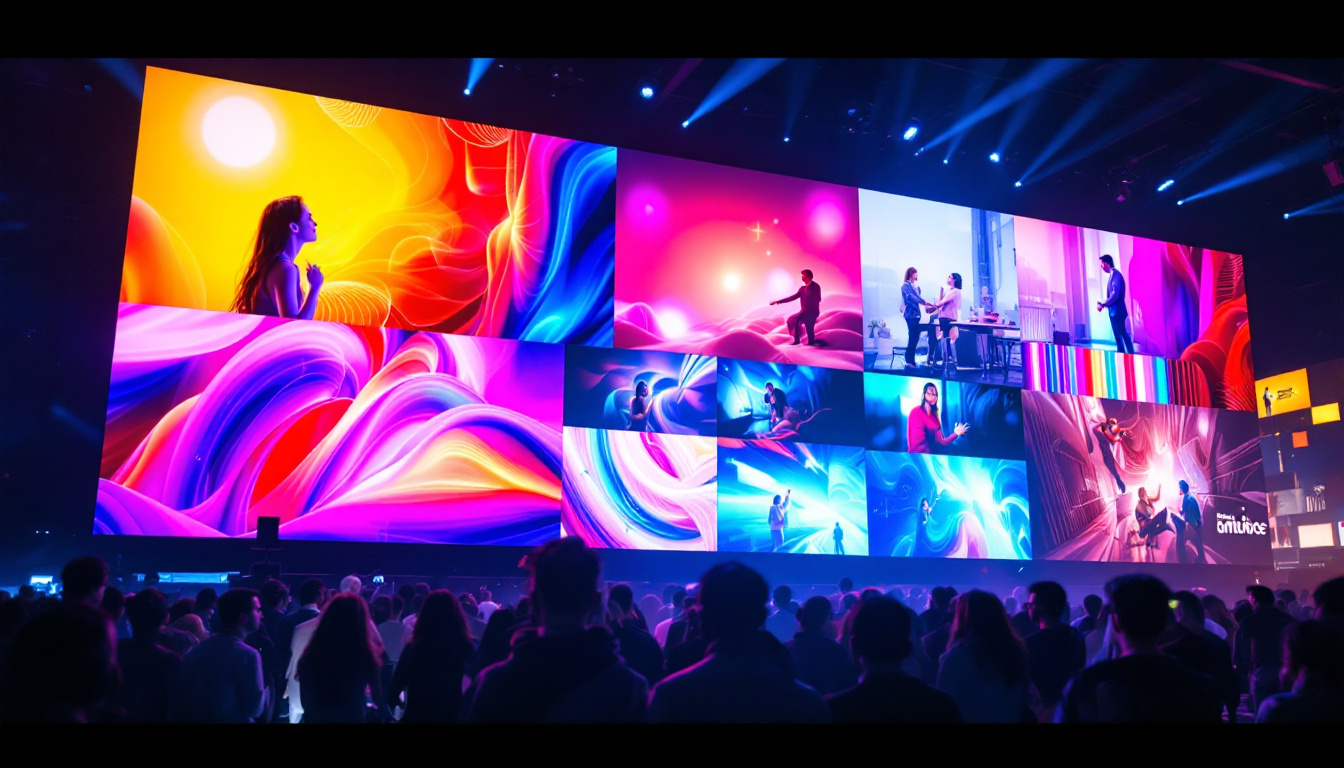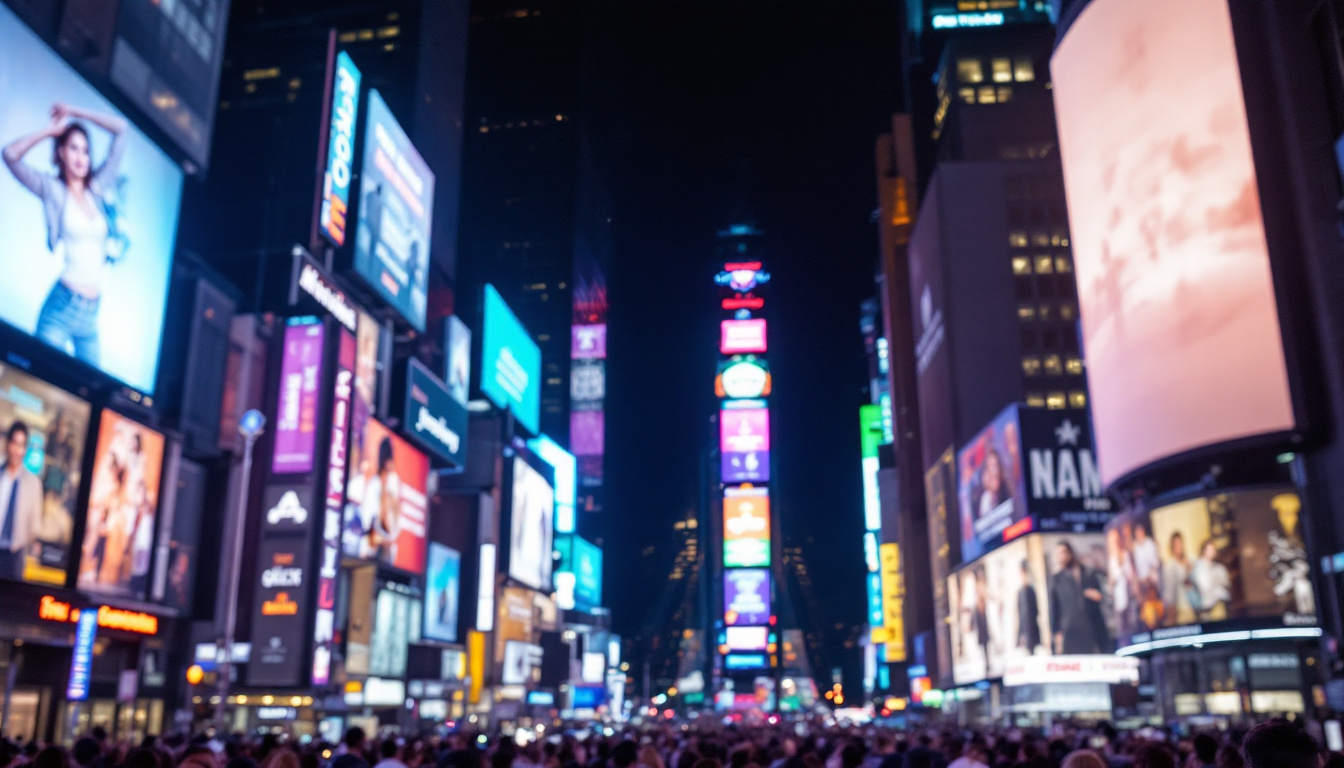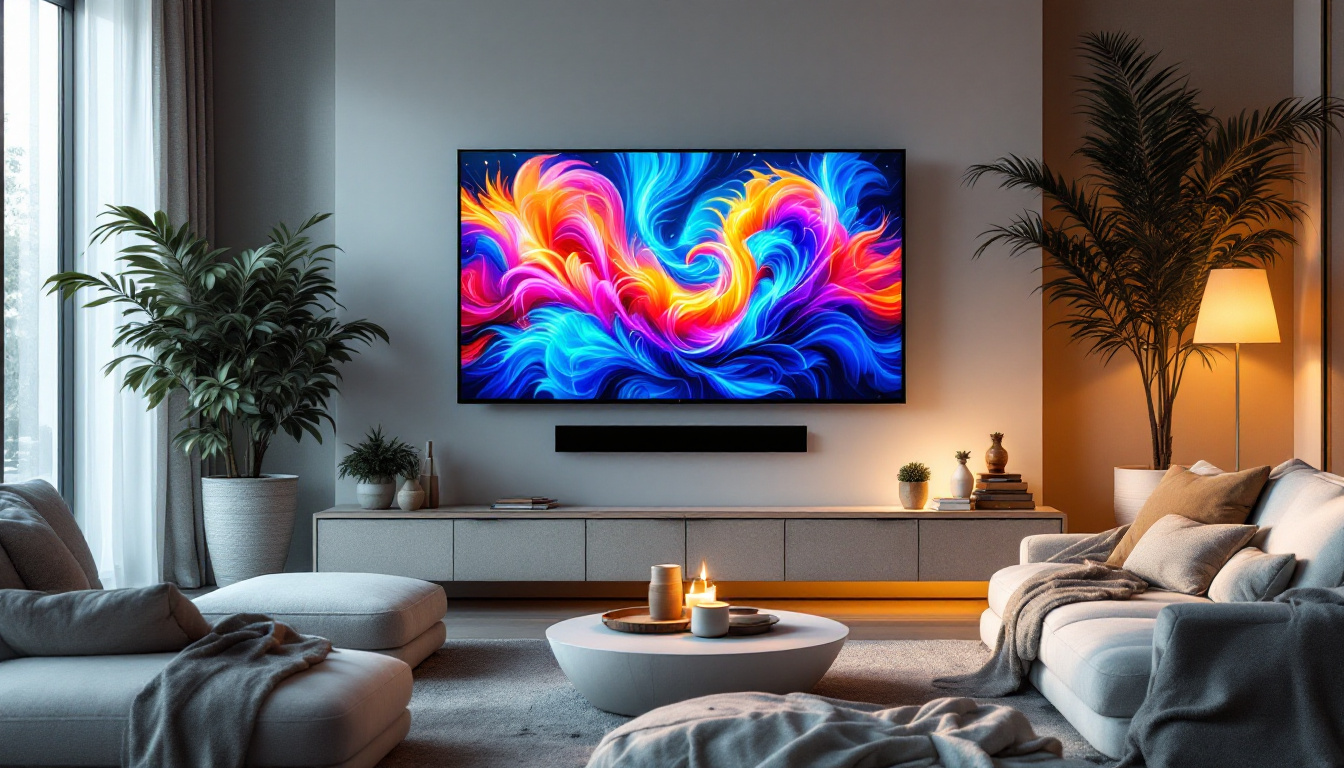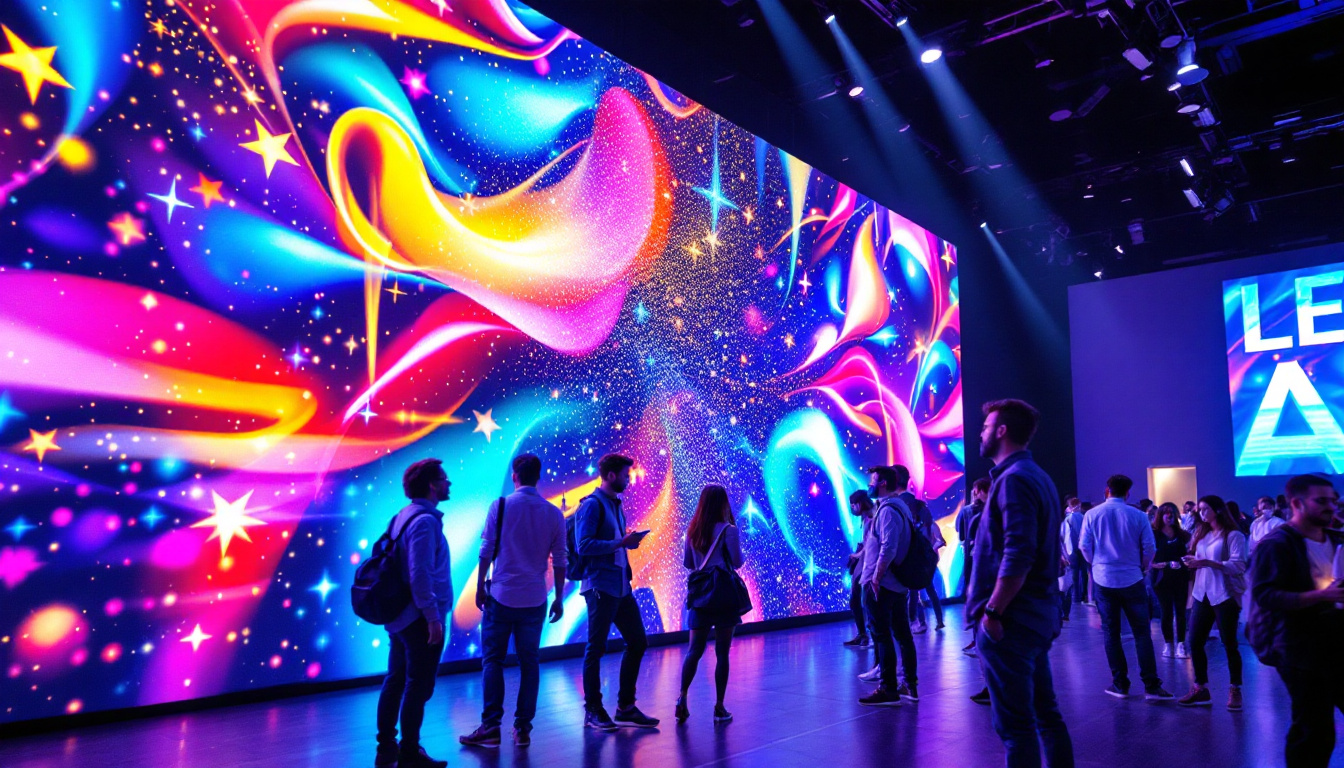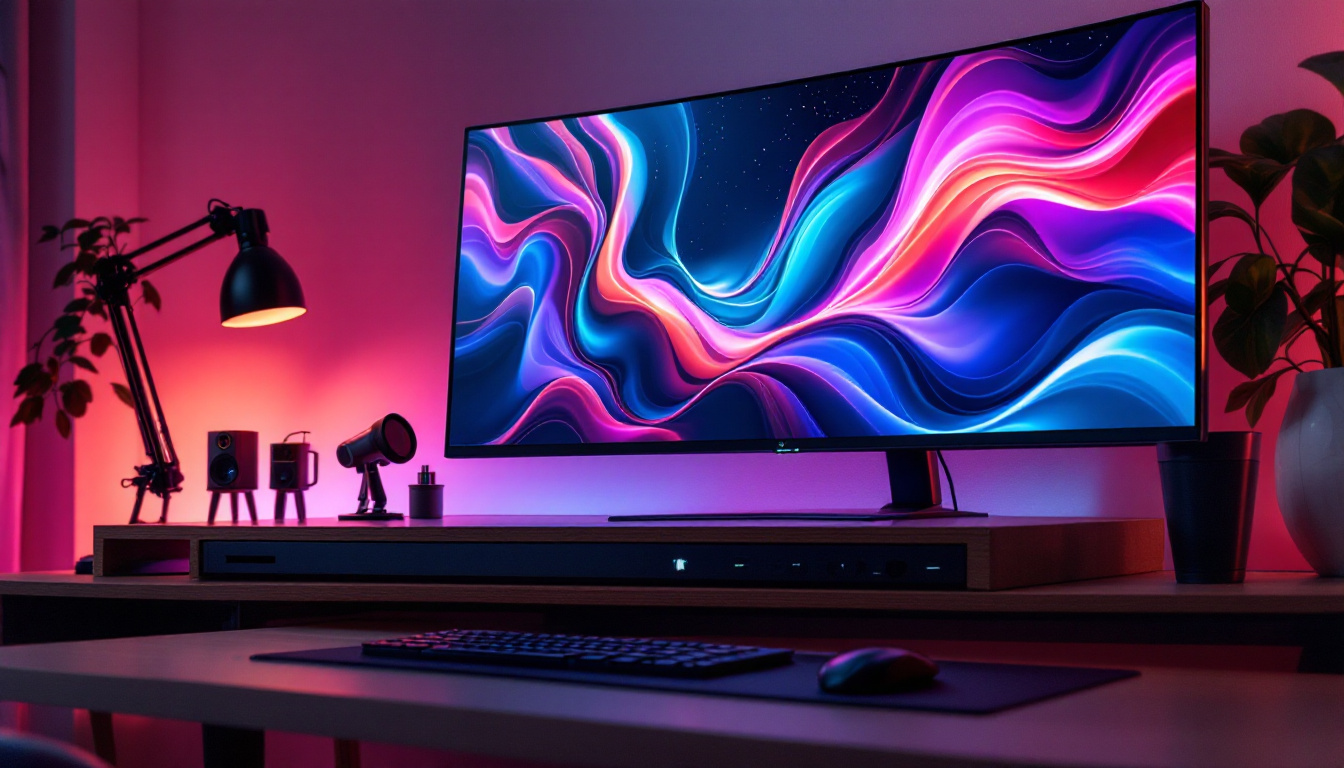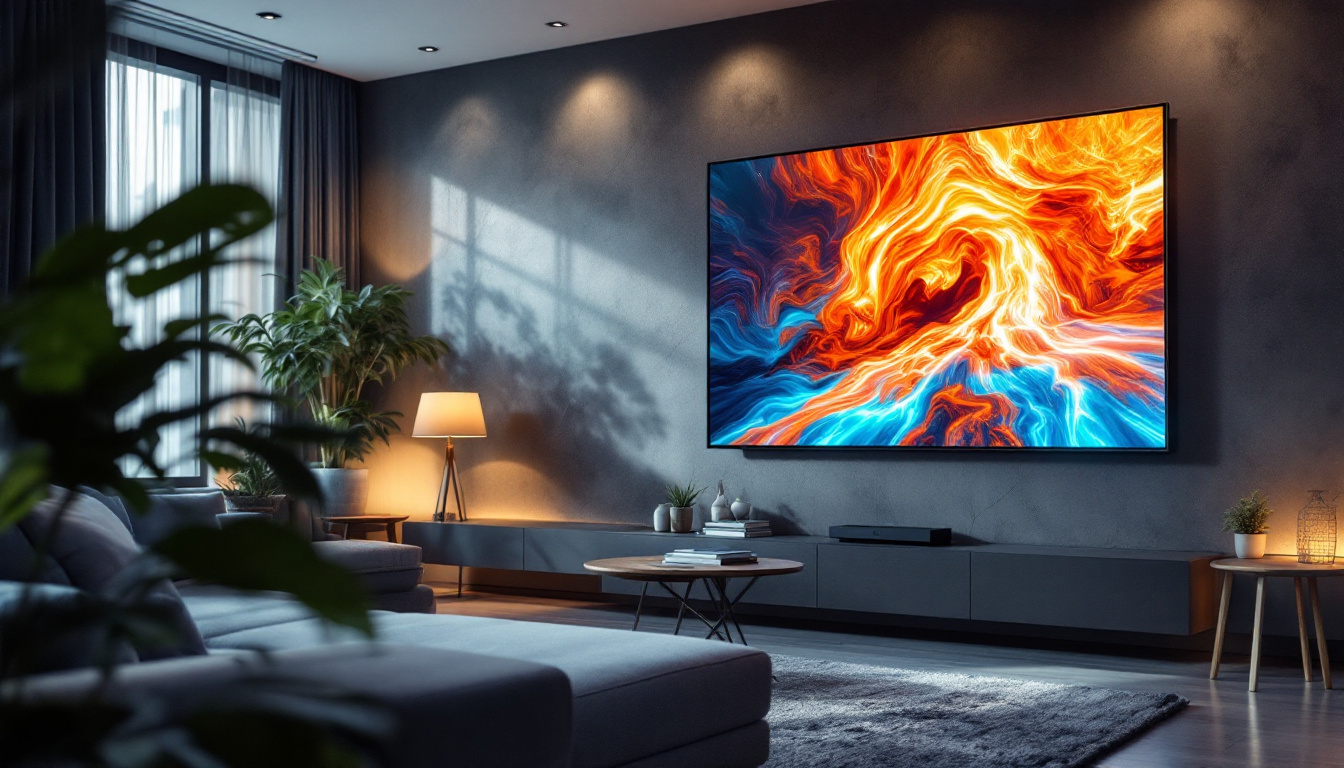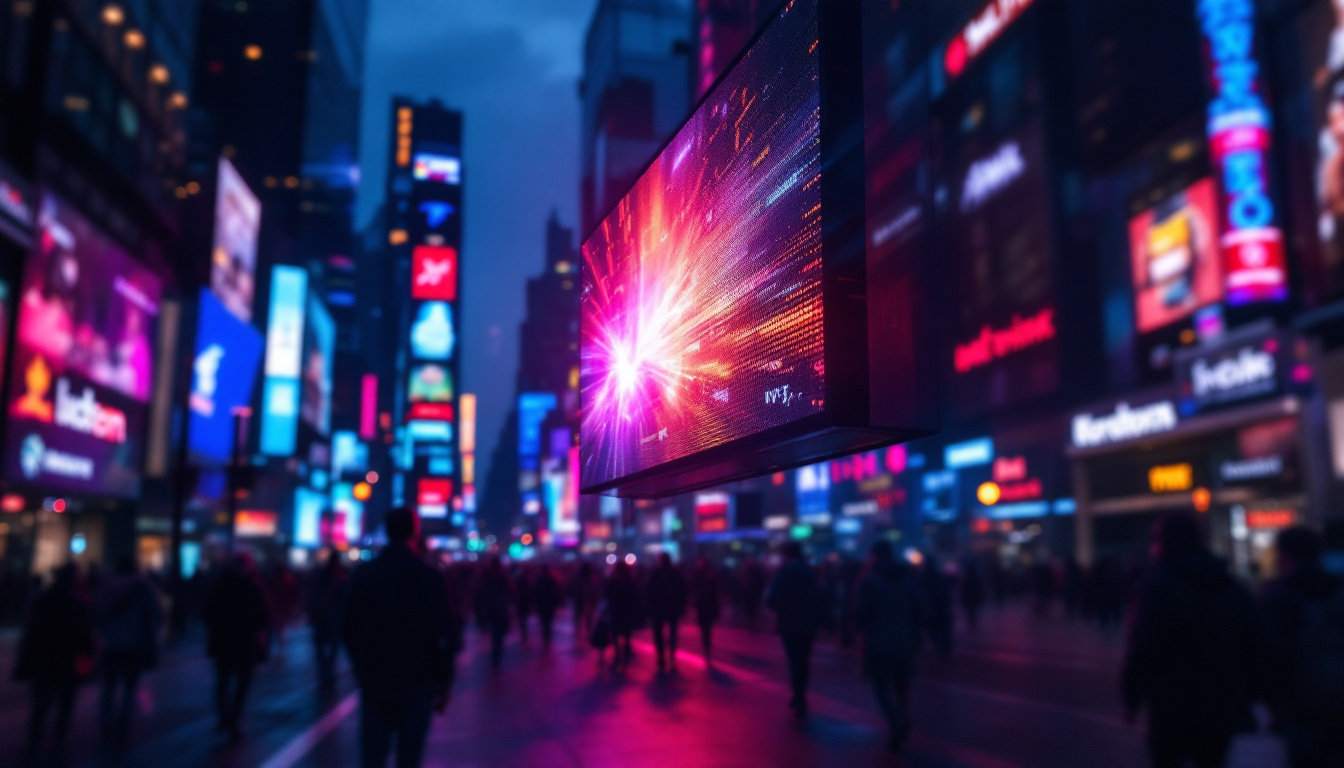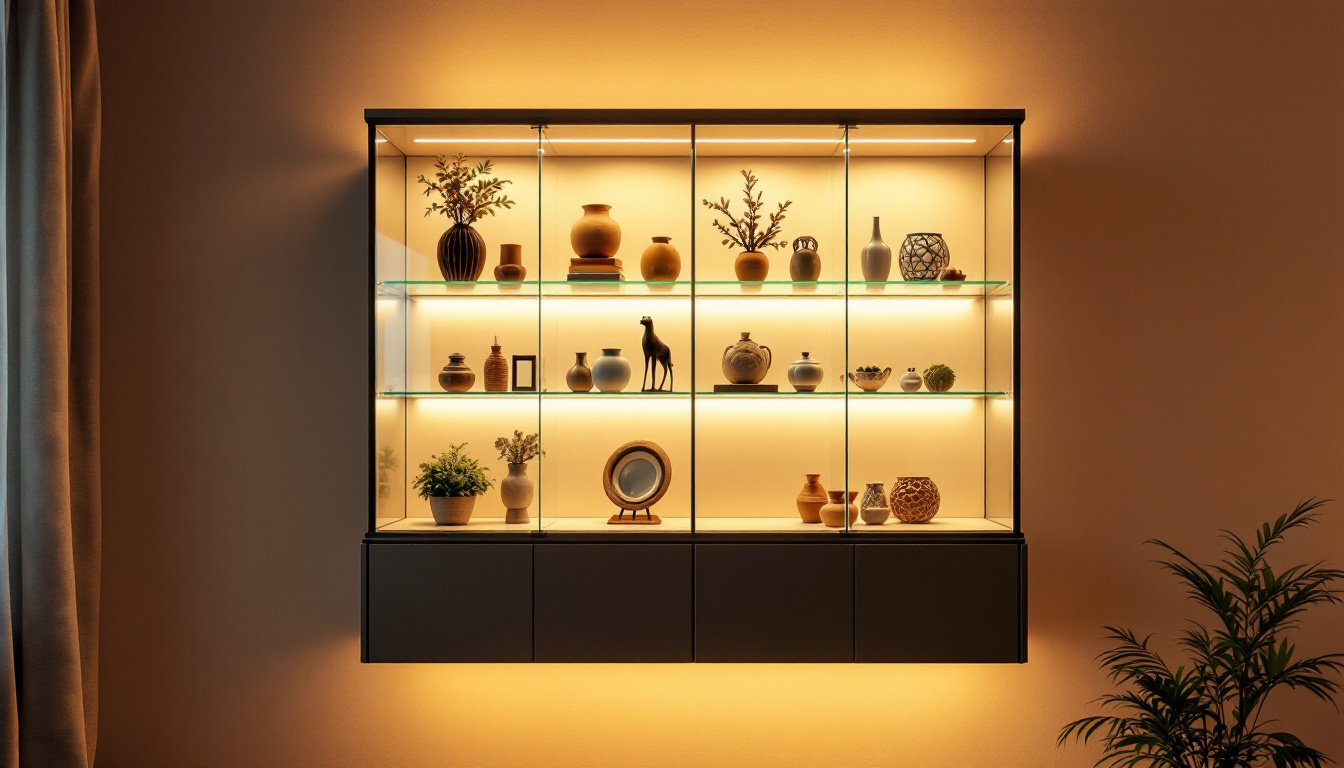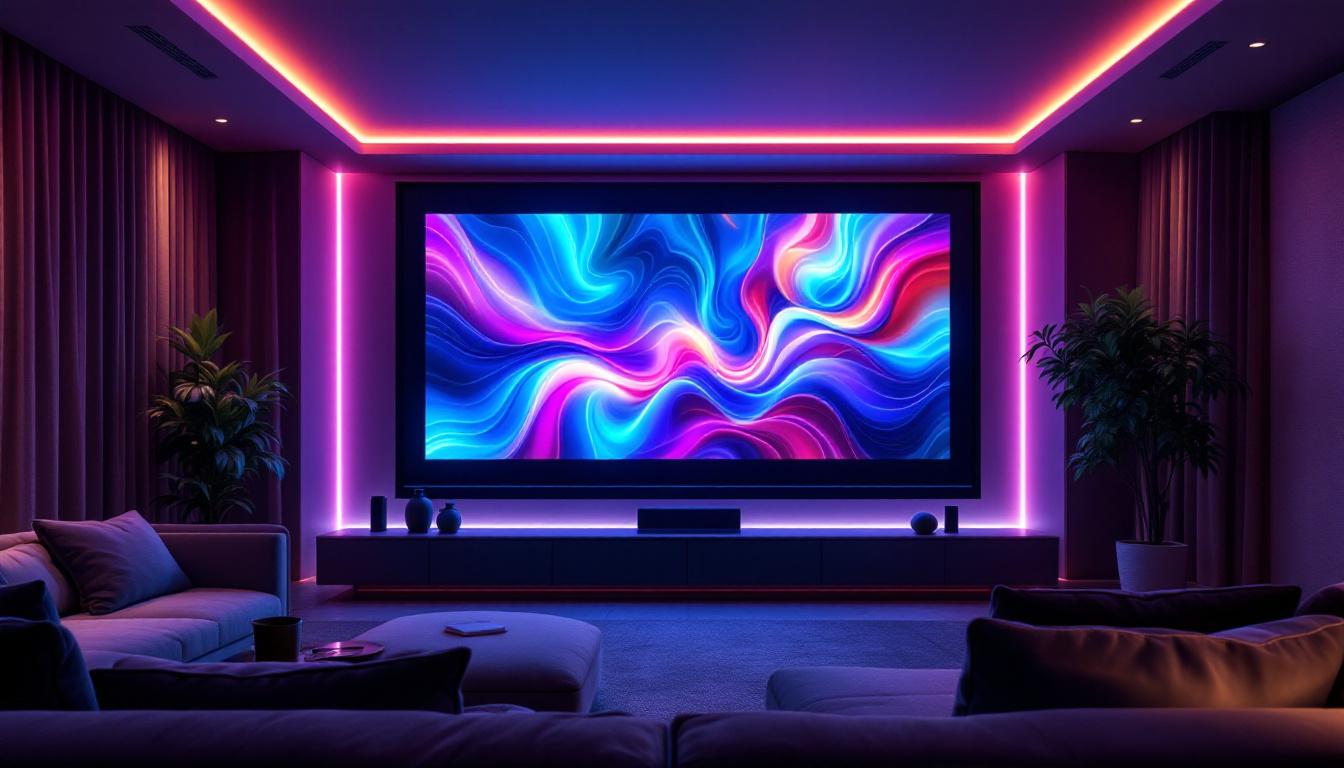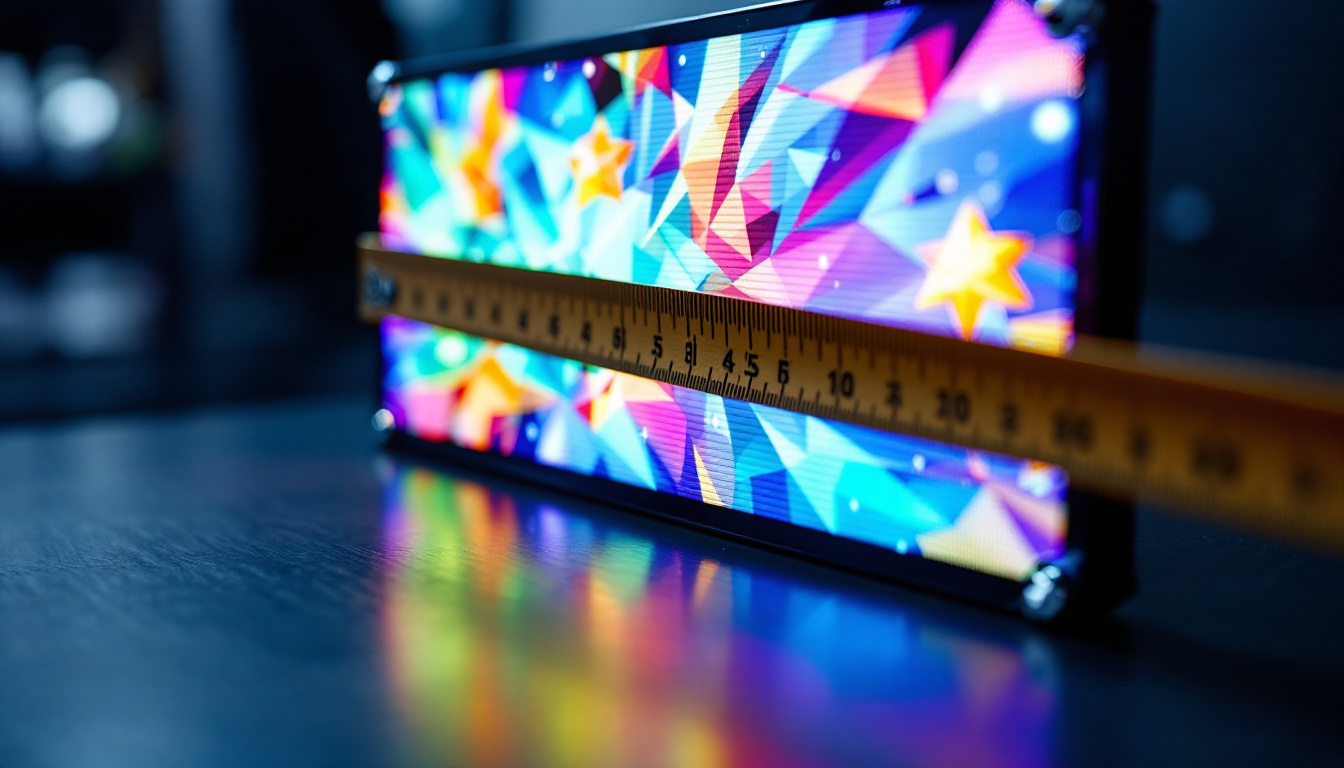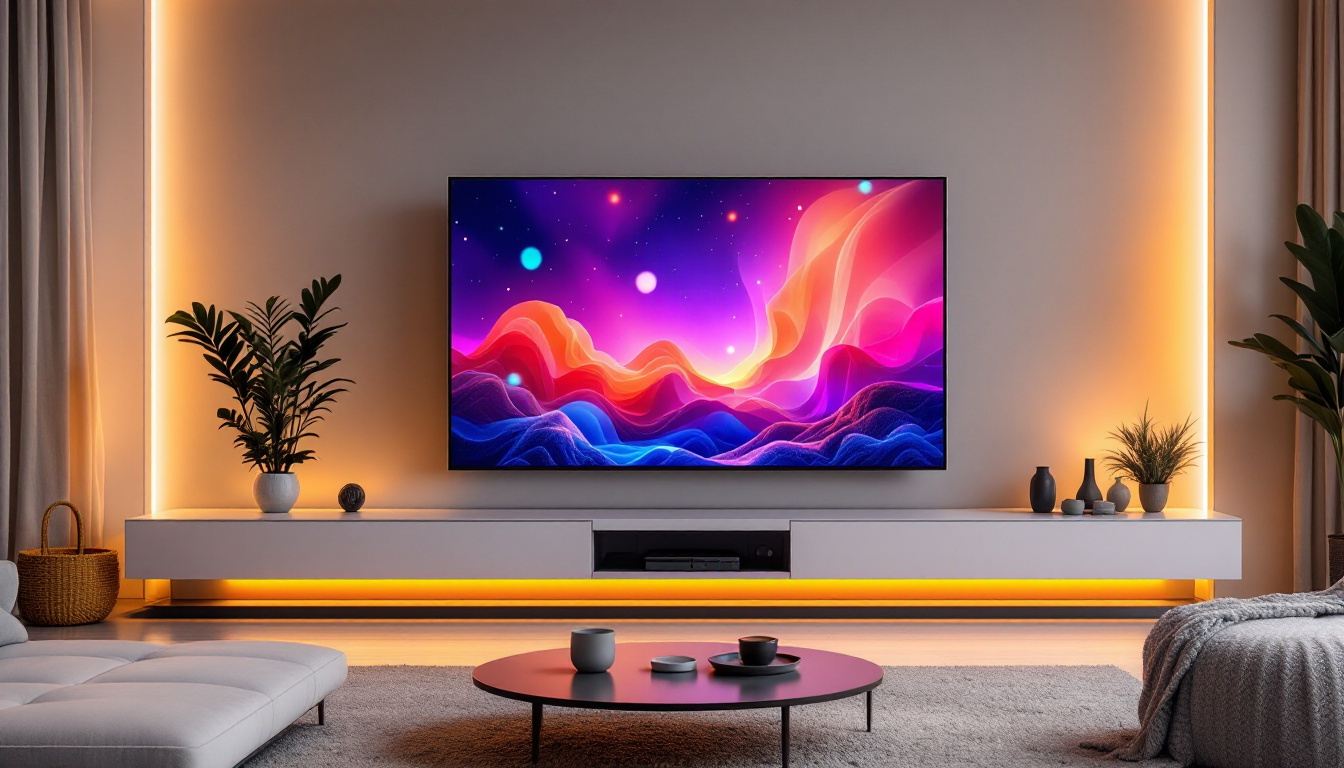Weight Of LED: LED Display Explained
In the modern world, LED displays have become ubiquitous, transforming how information is conveyed across various platforms. From advertising billboards to televisions and smartphones, the versatility of LED technology is evident. However, one aspect that is often overlooked is the weight of these displays. Understanding the weight of LED displays is crucial for manufacturers, designers, and consumers alike. This article delves into the intricacies of LED displays, including their weight, construction, and applications.
Understanding LED Technology
LED, or Light Emitting Diode, is a semiconductor device that emits light when an electric current passes through it. The technology has evolved significantly since its inception, leading to the development of various types of LED displays, each with unique characteristics and applications. Originally, LEDs were limited to emitting red light, but advancements in materials and technology have expanded their color range to include vibrant blues, greens, and whites, making them suitable for a multitude of applications, from decorative lighting to complex visual displays.
Types of LED Displays
There are several types of LED displays, each designed for specific uses. The most common types include:
- Direct View LED Displays: These displays consist of individual LED modules that create images directly. They are often used for large-scale outdoor advertising and sports arenas.
- LED-backlit LCD Displays: These displays utilize LEDs to illuminate an LCD panel. They are commonly found in televisions and computer monitors.
- Organic LED (OLED) Displays: Utilizing organic compounds, OLED displays offer superior color accuracy and contrast. They are popular in high-end televisions and smartphones.
Each type of LED display has its own weight characteristics, influenced by factors such as size, design, and materials used in construction. For instance, direct view LED displays are typically heavier due to the robust modules required for outdoor durability, while OLED displays are often lighter and thinner, thanks to their innovative use of organic materials that allow for flexible designs.
How LED Displays Work
LED displays function by controlling the intensity of light emitted from each diode. In a direct view LED display, thousands of individual LEDs work together to create images. The color and brightness of each pixel can be adjusted, allowing for dynamic visuals. In contrast, LED-backlit LCDs use LEDs to provide backlighting for the liquid crystal display, enhancing brightness and color accuracy. This versatility enables LED technology to be utilized in various environments, from brightly lit stadiums to dimly lit theaters, ensuring optimal viewing experiences.
The efficiency of LED technology not only contributes to lower energy consumption but also affects the overall weight of the display. Lighter materials and advanced engineering techniques have made it possible to create thinner, more lightweight displays without compromising performance. Moreover, the longevity of LEDs—often rated for tens of thousands of hours—means that they require less frequent replacement, further enhancing their appeal for both consumers and businesses. The combination of energy efficiency, durability, and versatility makes LED technology a cornerstone of modern display solutions.
The Weight of LED Displays
The weight of an LED display can vary significantly based on several factors, including size, type, and materials used. Understanding these variables is essential for anyone involved in the design, installation, or purchasing of LED displays.
Factors Influencing Weight
Several factors contribute to the overall weight of an LED display:
- Size: Larger displays naturally weigh more due to the increased number of LEDs and structural components required to support them.
- Materials: The choice of materials plays a crucial role in weight. For instance, aluminum frames are lighter than steel, making them a popular choice for portable displays.
- Design: Innovative designs that prioritize weight reduction can lead to lighter displays without sacrificing durability. Manufacturers often use advanced engineering techniques to minimize weight.
Understanding these factors is crucial for ensuring that installations are safe and effective, particularly in environments where weight restrictions are a concern. For example, venues with suspended ceilings or older buildings may have specific load-bearing limitations that necessitate careful planning and selection of lighter display options. Additionally, the weight of the display can also impact transportation logistics, as heavier units may require specialized equipment for safe handling and installation.
Average Weights of Common LED Displays
To provide a clearer picture, here are some average weights for common types of LED displays:
- Small to Medium-Sized Direct View LED Displays: Typically range from 50 to 200 pounds, depending on size and design.
- Large Outdoor LED Displays: Can weigh anywhere from 500 to 2,000 pounds, depending on the size and structural requirements.
- LED-backlit LCD Displays: Generally lighter, with weights ranging from 15 to 50 pounds for standard televisions.
These weights can influence installation methods and the choice of mounting systems, which must be designed to support the specific weight of the display. For instance, wall-mounted displays may require reinforced brackets, while free-standing units might need a stable base to prevent tipping. Furthermore, the evolution of technology has led to the development of ultra-thin and lightweight LED displays, which are becoming increasingly popular in both commercial and residential settings. These advancements not only enhance aesthetic appeal but also expand the possibilities for creative installations, allowing for more versatile use of space.
Applications of LED Displays
LED displays are used in a wide range of applications, each benefiting from the unique properties of LED technology. Understanding these applications can help in selecting the right type of display for specific needs.
Advertising and Marketing
One of the most prominent applications of LED displays is in advertising. Billboards and digital signage utilize vibrant LED technology to capture attention and convey messages effectively. The lightweight nature of these displays allows for creative installations in various locations, from busy urban centers to remote areas.
Moreover, the ability to change content quickly and easily makes LED displays an attractive option for marketers looking to engage audiences in real time. This adaptability enhances the effectiveness of advertising campaigns and provides a dynamic visual experience.
Entertainment and Events
In the entertainment industry, LED displays are integral to concerts, sports events, and theatrical performances. Large-scale LED screens provide immersive experiences, displaying visuals that enhance the overall atmosphere. The lightweight design of these displays allows for easy transportation and setup, making them ideal for touring productions and events.
Furthermore, the high brightness and contrast levels of LED displays ensure visibility even in brightly lit environments, making them a preferred choice for outdoor events.
Corporate and Educational Use
LED displays are increasingly being adopted in corporate settings for presentations, conferences, and training sessions. Their ability to display high-quality visuals makes them effective tools for communication and information sharing.
In educational institutions, LED displays are used in classrooms and auditoriums to facilitate interactive learning experiences. The lightweight nature of these displays allows for flexible installation options, catering to various classroom layouts.
Installation Considerations
When installing LED displays, several considerations must be taken into account to ensure safety and functionality. The weight of the display is a critical factor that influences installation methods and equipment.
Mounting Options
Various mounting options are available for LED displays, each suited to different environments and weight requirements. Common mounting solutions include:
- Wall Mounts: Ideal for smaller displays, wall mounts provide a secure way to install LED screens in offices or homes.
- Floor Stands: These are often used for portable displays, allowing for easy relocation and setup at events.
- Truss Systems: For larger displays, truss systems provide robust support and flexibility in positioning, commonly used in concerts and exhibitions.
Choosing the right mounting solution is essential for ensuring the safety and stability of the display, particularly in high-traffic areas.
Weight Distribution and Safety
Proper weight distribution is crucial for the safe installation of LED displays. Uneven weight distribution can lead to instability and potential hazards. It is essential to follow manufacturer guidelines and recommendations for installation to mitigate risks.
In addition, safety features such as safety cables and backup supports should be considered, especially for larger displays that may pose a risk if they were to fall. Ensuring that the installation complies with local safety regulations is paramount.
The Future of LED Displays
The future of LED displays looks promising, with ongoing advancements in technology and design. As manufacturers continue to innovate, the weight of LED displays is expected to decrease further while maintaining or enhancing performance.
Emerging Technologies
New technologies, such as microLED and miniLED, are paving the way for even lighter and more efficient displays. These technologies utilize smaller diodes, allowing for greater pixel density and improved visual quality while reducing overall weight.
Additionally, advancements in materials science may lead to the development of lighter and more durable materials, further enhancing the portability and versatility of LED displays.
Sustainability and Environmental Impact
As environmental concerns continue to grow, the LED display industry is also focusing on sustainability. Efforts to reduce the carbon footprint of manufacturing processes and improve energy efficiency are becoming increasingly important.
Lightweight designs not only enhance portability but also contribute to lower transportation emissions, making LED displays a more environmentally friendly option in the long run.
Conclusion
Understanding the weight of LED displays is essential for anyone involved in their design, installation, or use. The diverse applications of LED technology, combined with its lightweight nature, make it a versatile choice for various industries. As technology continues to evolve, the future of LED displays promises even greater advancements in performance, sustainability, and design.
Whether for advertising, entertainment, or educational purposes, LED displays are set to remain a cornerstone of modern visual communication. As the industry moves forward, keeping an eye on weight considerations will ensure that installations are safe, effective, and aligned with the latest technological advancements.
Explore Cutting-Edge LED Displays with LumenMatrix
Ready to elevate your visual communication with the latest in LED display technology? Discover LumenMatrix’s innovative solutions, from Indoor and Outdoor LED Wall Displays to specialized options like Vehicle, Sports, and Floor LED Displays. With a commitment to revolutionizing digital signage, LumenMatrix offers Custom, All-in-One, and Transparent LED Displays designed to captivate your audience and amplify your message. Check out LumenMatrix LED Display Solutions today and experience the future of visual engagement.





